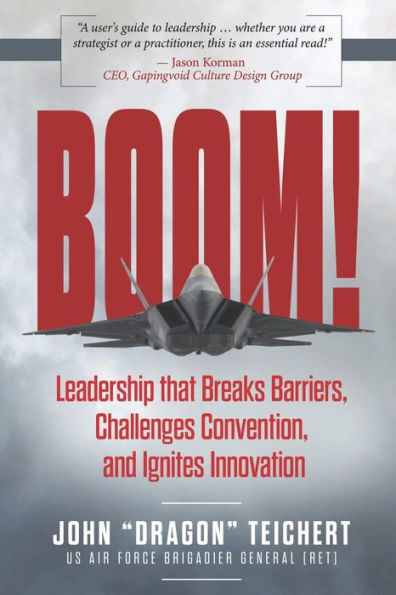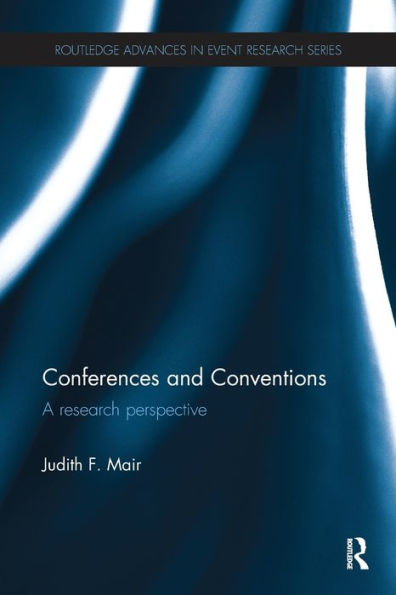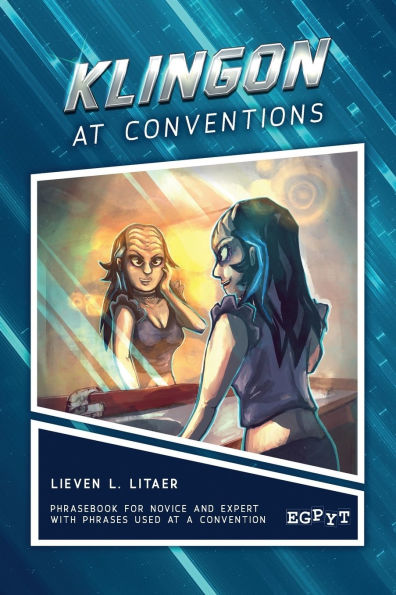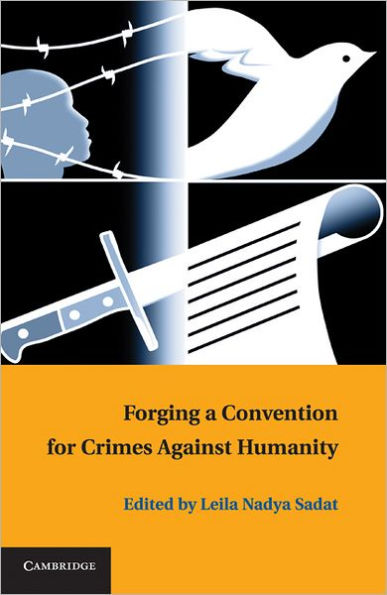Home
Lorca's Experimental Theater: Breaking the Guardrails of Convention
Barnes and Noble
Loading Inventory...
Lorca's Experimental Theater: Breaking the Guardrails of Convention in Bloomington, MN
Current price: $45.00

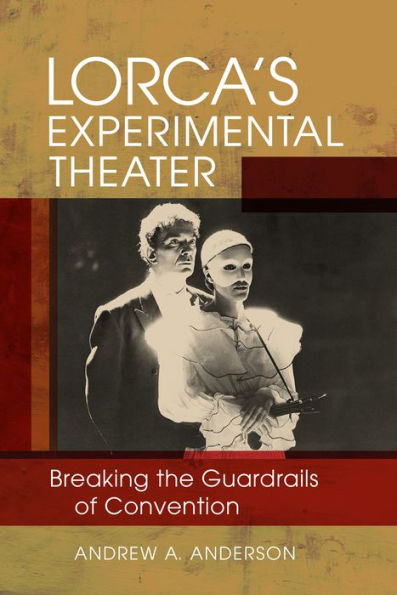
Lorca's Experimental Theater: Breaking the Guardrails of Convention in Bloomington, MN
Current price: $45.00
Loading Inventory...
Size: Hardcover
Critical and historical discussions of the life and work of Federico García Lorca, Spain’s foremost poet and playwright of the twentieth century, often obscure the author’s more avant-garde dramatic works. In
Lorca’s Experimental Theater
, Andrew A. Anderson focuses on four of Lorca’s most challenging plays—
Amor de don Perlimplín con Belisa en su jardín
,
El público
Así que pasen cinco años
, and
El sueño de la vida
(previously known as
Comedia sin título
)—and on the surrounding context in which they came to be written and in only one case performed during his lifetime. While none of Lorca’s plays can be considered conventional, these four works stand out in his corpus for challenging theatrical conventions most forcefully, both thematically and technically.
With discussions of stagecraft, artistic modernism, and the historical avant-garde,
provides detailed interpretive readings of the four plays, surveys their textual and performative history, and examines the most important contemporary influences on Lorca’s creation of these expressive, innovative works.
Lorca’s Experimental Theater
, Andrew A. Anderson focuses on four of Lorca’s most challenging plays—
Amor de don Perlimplín con Belisa en su jardín
,
El público
Así que pasen cinco años
, and
El sueño de la vida
(previously known as
Comedia sin título
)—and on the surrounding context in which they came to be written and in only one case performed during his lifetime. While none of Lorca’s plays can be considered conventional, these four works stand out in his corpus for challenging theatrical conventions most forcefully, both thematically and technically.
With discussions of stagecraft, artistic modernism, and the historical avant-garde,
provides detailed interpretive readings of the four plays, surveys their textual and performative history, and examines the most important contemporary influences on Lorca’s creation of these expressive, innovative works.
Critical and historical discussions of the life and work of Federico García Lorca, Spain’s foremost poet and playwright of the twentieth century, often obscure the author’s more avant-garde dramatic works. In
Lorca’s Experimental Theater
, Andrew A. Anderson focuses on four of Lorca’s most challenging plays—
Amor de don Perlimplín con Belisa en su jardín
,
El público
Así que pasen cinco años
, and
El sueño de la vida
(previously known as
Comedia sin título
)—and on the surrounding context in which they came to be written and in only one case performed during his lifetime. While none of Lorca’s plays can be considered conventional, these four works stand out in his corpus for challenging theatrical conventions most forcefully, both thematically and technically.
With discussions of stagecraft, artistic modernism, and the historical avant-garde,
provides detailed interpretive readings of the four plays, surveys their textual and performative history, and examines the most important contemporary influences on Lorca’s creation of these expressive, innovative works.
Lorca’s Experimental Theater
, Andrew A. Anderson focuses on four of Lorca’s most challenging plays—
Amor de don Perlimplín con Belisa en su jardín
,
El público
Así que pasen cinco años
, and
El sueño de la vida
(previously known as
Comedia sin título
)—and on the surrounding context in which they came to be written and in only one case performed during his lifetime. While none of Lorca’s plays can be considered conventional, these four works stand out in his corpus for challenging theatrical conventions most forcefully, both thematically and technically.
With discussions of stagecraft, artistic modernism, and the historical avant-garde,
provides detailed interpretive readings of the four plays, surveys their textual and performative history, and examines the most important contemporary influences on Lorca’s creation of these expressive, innovative works.
